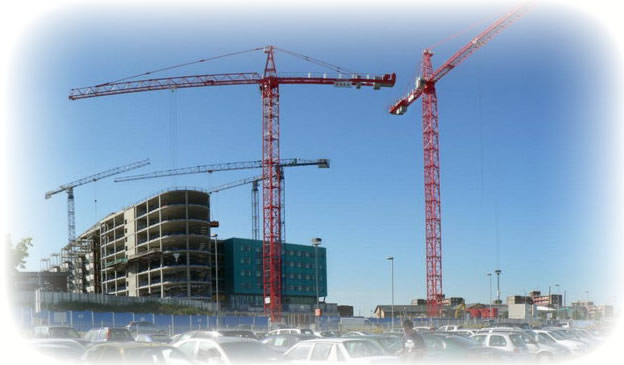

What is CBA?
Cost Benefit Analysis (CBA) is an appraisal method that provides analysis of social gains and losses that could arise from a project.
The origins of CBA, arguably, date back to Dupuit (1844). Subsequent developments in cost-benefit analysis techniques were introduced in the U.S. by the U.S. Army Corp of Engineers. A consistent framework was developed through the US Rivers and Harbor Act of 1902 (Hammond, 1966).
The aim of CBA is to put a monetary value on the benefits expected from the project and compare these to the costs which are expected to be incurred. If the benefit exceeds the cost, there is economic justification for the project to go ahead. This simple decision rule is based on the Kaldor-Hicks criterion developed through the work of Nicholas Kaldor (1939) and John R. Hicks (1940). Kaldor argued that policies which resulted in an increase in aggregate real income were always desirable because the potential existed to make every individual better off. Kaldor also noted that whether actual compensation should take place or not ‘is a political question on which the economist…could hardly pronounce an opinion’. Hicks, one of the most prominent economists at this time, accepted Kaldor’s approach which subsequently came to be known as the Kaldor-Hicks criterion. The Kaldor-Hicks criterion provides the foundation for the net benefits criterion commonly associated with CBA: adopt only policies which have positive net benefits (Boardman et al, 2008, 31).
Often an appraisal of ‘doing nothing’ is performed – estimation of the costs and benefits that will continue to arise if the project is not carried out.
CBA also importantly requires that all benefits and costs can be given values on a common scale or denominator (e.g. monetary values). This then allows direct comparison.
One important consideration is the cost of actually performing the CBA. CBAs can be costly to undertake requiring an investment of time, skills, and money. Past estimates have suggested the costs of large-scale CBAs can be considerable. For example, it was reported that the average cost of performing a CBA for the US Environmental Protection Agency (EPA) in the 1980s was around $700,000 (Boardman et al, 2008, 6).

Ex Ante and Ex Post CBA
Ex ante CBA refers to the more common use of the term CBA, to describe a project that is currently under consideration, but has not begun. Ex ante is used to assist the decision making and appraise the costs and benefits of a project.
Ex Post CBA refers to a CBA carried out after a project has been completed. At this stage all of the costs are ‘sunk’, that is they have already been invested in the project. This type of project is therefore used primarily to assess the project contributing to ‘learning’, so that the information gathered can be used in assessing future projects.
A third type of CBA also exists – in medias res. This term refers to CBAs that are carried out during a project, i.e after the project is already under way. This has the dual use of influencing the current project as with ex ante CBA, while also gathering information to inform future projects as with ex post CBA. A final type of CBA is a comparison of ex ante and ex post CBAs. This is used to assess the efficacy of CBA as an appraisal method. |
 |
Creating CBA Options/Alternatives
This initial stage of performing a CBA involves preparing a list of options/alternatives which could be undertaken to achieve identified project objectives. The list will often include a ‘do nothing’ option or a ‘do minimum option’ (HM Treasury Green Book, 2011, 17). The range of options depends on the nature of the objectives. For a major programme, a wide range should be considered before short-listing for detailed appraisal. New and current policies, programmes and projects should be considered. Where projects are linked (costs or benefits mutually dependent), the proposal should be appraised as a whole. But, contribution of the component parts must be considered. Examples of project options which could be considered include:
- Varying time and/or scale.
- Rent, build, or purchase.
- Refurbishment, leasing or buy new.
- Different locations or sites.
- Outsourcing or provision of services.
- Varying quality targets.
- Action at regional, national, or international level.
- Fixed period or permanent projects.
- Discounting
- Discount/Compound
- Horizon Values
- Sensitivity Analysis
- Results
- NPV
- BCR
- Comparing NPV and BCR
- Downloads
- CBA Builder
- Worksheets/Exercises
This work is licensed under a Creative Commons Attribution-NonCommercial-ShareAlike 3.0 Unported License.

This resource was created by Dr Dan Wheatley. The project was funded by the Economics Network and the Centre for Education in the Built Environment (CEBE) as part of the Teaching and Learning Development Projects 2010/11.
Share |



